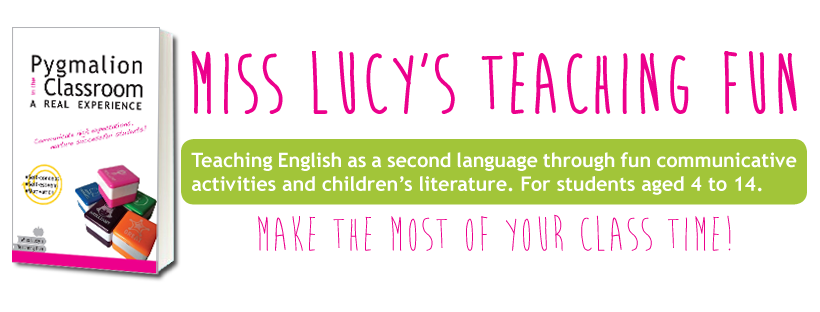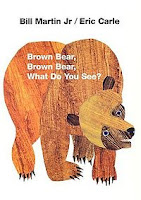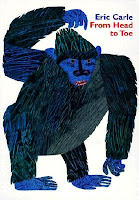I've decided to present, starting from this post, a series of writing tips that you can easily use in class.
Inspired by Gianni Rodari's Grammar of Fantasy I want to spread his brilliant ideas all around the world to improve story telling and creating.
In this first post I'll be talking about the 'fantastic binomial', a simple technique I'm sure will spark many funny moments in addition to great compositions!
According to several theories the human brain elaborates concepts from opposite pairs. This means that the idea of 'soft' can't exist in our mind without thesimultaneous experience of 'hard'.
To make up a story, as well, two non related-words are necessary.
I mean, daisy and daffodils are an example of related words that will inspire a few ideas but not enough for a story.
Let's think about some examples of non-related words:
Pepper and Football
Penguin and Hot-air Balloon
Egg and Diary
Do you think they are distant enough to wake up your imagination?
Several ways exist to choose these words: pointing to them in a dictionary, letting each student write one on a piece of paper etc.
Once you've got your two distant items you must connect them, through preposition, for instance:
The penguin on the bus
The penguin under the bus
The penguin with the bus
….
Are you getting inspired?
We've already got many points of departure to develop a whole story.
I'll use the Egg and the Diary
The Egg's Diary could be a good one with the Egg as main protagonist and narrator at the same time. Can you imagine?
Gemma the Egg is happily living her life on the farm when suddenly she's told by her neighbor in the egg compartment that she will be probably e part of a Spanish tortilla (omelette) the next day. Horrified by the idea Gemma decides to run away and, since she went to school at the farm, she's capable of writing about her adventures in the diary received as a present from her mum.
A diary that, due to some lucky coincidences, is now in our possession…
Of course this is only a story idea but it can be developed by the students: each one, in sequence, can write a chapter that will continue the previous one to create a collective classwork.
That's all for now. See you soon for the second Writing Tip.












